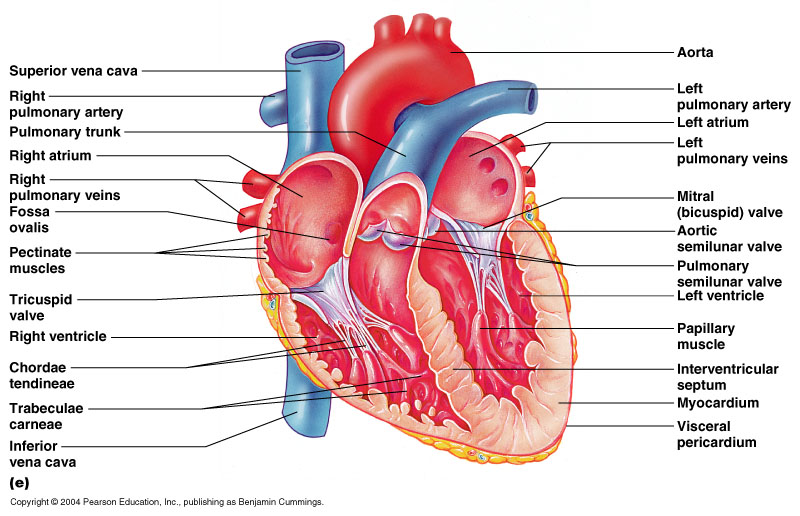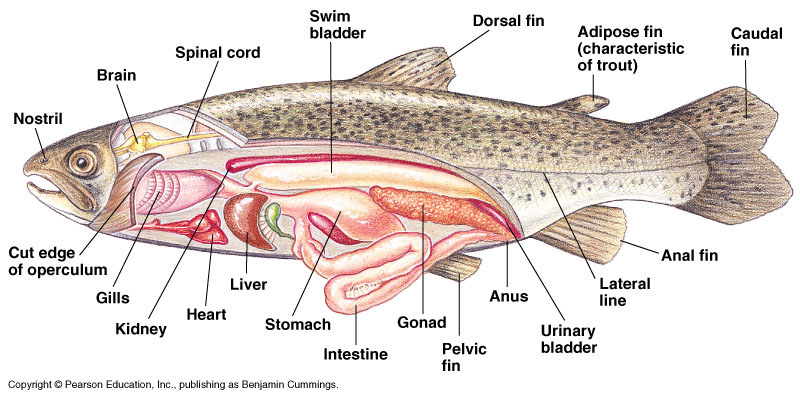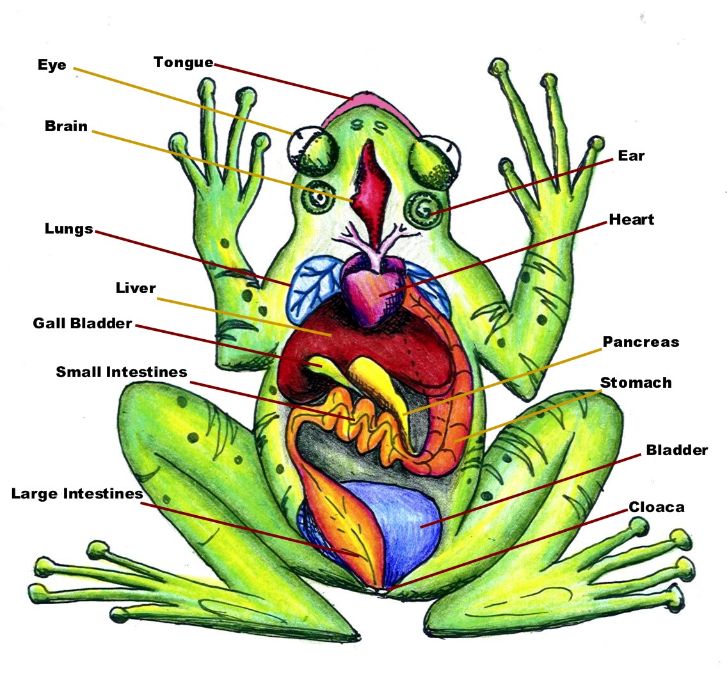On January 22, we dissected the pig's heart in Mr. Noel's classroom.I had a chance to the the flesh or muscle of the heart. I thought it was a great opportunity for us to learn about the pig's heart because it's similar to the human's heart. The heart belongs in the circulatory systems When I was little I thought that our heart is shaped as the heart we see in the drawings. I was surprised to see that the heart is made of muscle which is basically meat. The tendons are the hard part. I was surprised to see the chambers where blood is mixed. I never thought that bloods was to be mixed. The heart is very important in this science unit because the heart is the most important part of the human body. I think the pig's heart is similar to our body because the pigs have similar organs to us.
On January 20 2014, We dissected a fish. The fishes' organs are connected,not like the frog's that are more similar to us , there apart from each other. We slice open the fish and cut out the stomach and we cut open the liver. Bile spat out, it was a greenish gooey liquid.Fishes breath underwater by bringing water in and get the oxygen to the gills.
On January 17, we saw our teacher, Mr. Alex dissected a frog.The inside of the frog was bloody and guts were every where but I thought it was pretty cool. The frog's organs and body systems are completely different from us. We looked at the stomach and cut it out , we thought it must have ate something like a beetle or maybe a bug. We couldn't tell because it was digested. Actually we found are crab claw in it's stomach. But it probably had a really good last meal before it died. The frog's organs are similar to us because it's apart like us all our organs are apart. We've been learning about the digestive system. If Mr. Alex would eat a bratwurst this is what would happen:
When he thinks of the bratwurst and orders it, his mouth starts to water, that's when he starts producing saliva, also known as spit. The moment the bratwurst touches his mouth he also produces more saliva, which moistens, softens, and starts to digest his bratwurst. His teeth start to work and mashes up the bratwurst. His tongue helps move food around. Then he swallows it and the bratwurst travel down a pipe/tube known as the esophagus. The esophagus is a muscle that squeezes the food down to the stomach. There's two flaps in the esophagus that opens and either leads food to our stomach or carries air to our lungs. The liver is next to our stomach. the liver produces a kind of chemical called bile.Bile is that taste when you're about to vomit.Bile breaks down fat. The bratwurst travels down to his stomach. The stomach mashes up the bratwurst and breaks it down. The stomach will store the food in there until the time comes to move to the small intestine.The small intestine might sound small, but if you stretch it , it would be 22 feet long. The small intestine's job is to suck in nutrients from the bratwurst and give him energy. There could be nutrients such as proteins, minerals, caborhydrates and fat. Bile breaks down the fat in small intestine. The next part of the journey is the large intestine. The large intestine is % feet long. It's job is to suck in all the water that's left . it travels around the large intestine for 4 hours until it reaches the last part of the digestive system , the rectum. The food that is now waste or poop is store in the rectum. It's stores in the rectum for hour until it poop out of the anus. And that's the journey of food! This quarter we are going to learn Body systems and organs, basically stuff about human body and life. To be alive means to excrete , reproduce, grow up , well mainly is to reproduce.
I'm curious about why are we alive when we're made of atoms ? And why do we have senses ? Why do we have hair ? How do our organs work ? How many body systems do we have ? |



 RSS Feed
RSS Feed